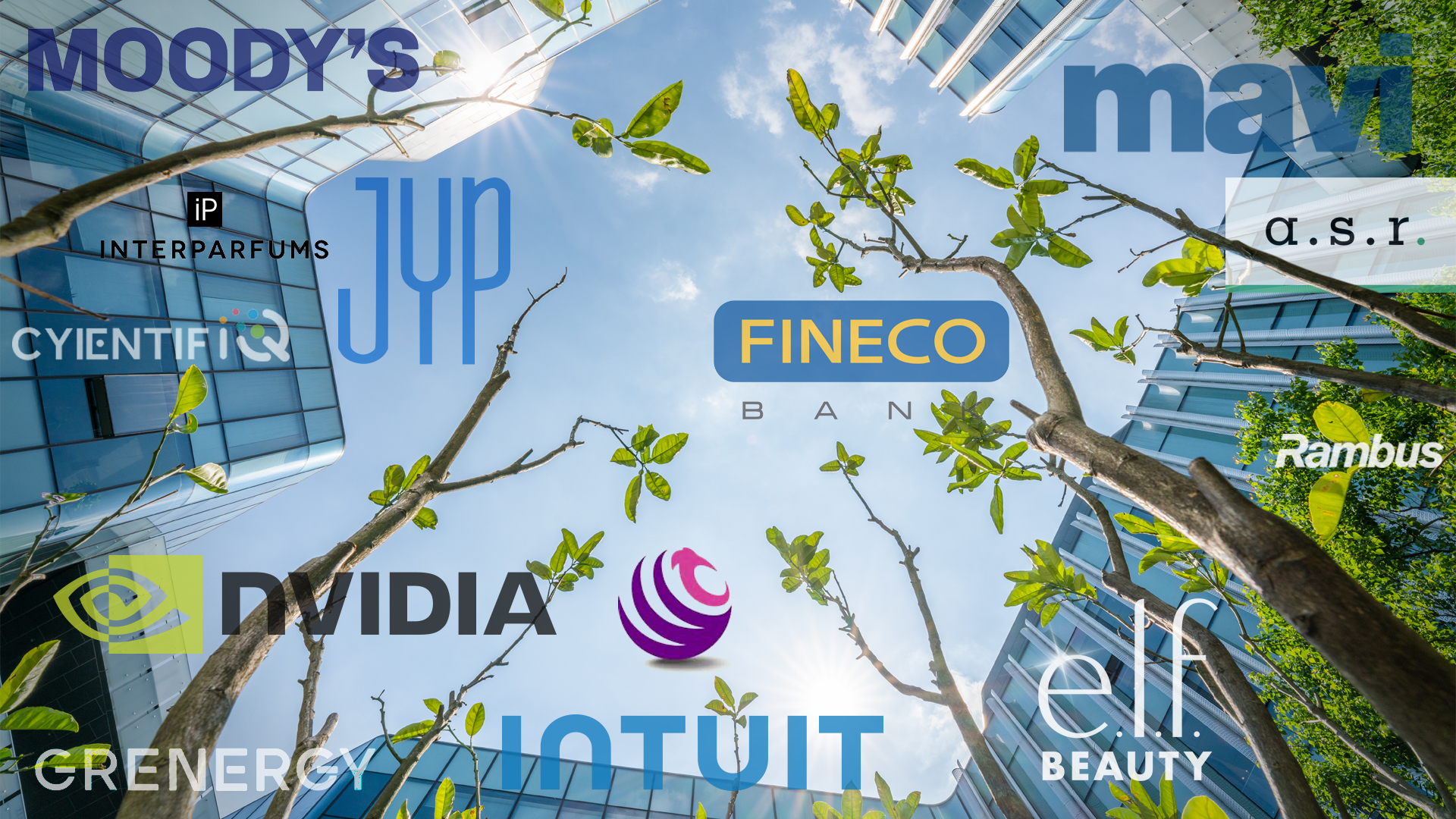This year, TIME and Statista unveils its second edition of the “World’s Best Companies in Sustainable Growth,” aimed at identifying companies that still perform well while upholding considerations for their environmental impact. The inaugural list debuted in late 2024. The companies ranked demonstrate outstanding performance in sustainable development while maintaining strong financial health. The ranking focuses on three key dimensions: Revenue Growth, Financial Stability, and Environmental Impact. Only companies that transparently disclose their environmental data are considered for inclusion in the ranking.
[time-brightcove not-tgx=”true”]
Methodology
The first dimension, Revenue Growth, was evaluated based on a company’s revenue between 2022 and 2024. To ensure a fair comparison, revenue growth was analyzed both in terms of relative growth and compared to the industry average. Companies were required to demonstrate consistent revenue growth during the evaluation period to be considered.
The second dimension, Financial Stability, was assessed using well-established financial metrics, including the Piotroski F-Score and Altman Z-Score. The F-Score measures a company’s financial health by examining profitability, leverage, and liquidity, while the Z-Score assesses the likelihood of bankruptcy. Companies that showed resilience and stability, especially in times of economic uncertainty, scored highly in this category. Additionally, profitability over the last five years (2020- 2024) was an important factor, ensuring that companies not only grew but maintained solid financial foundations. Industry specific KPIs were utilized to portray financial stability of companies within the banking, insurance and REIT sectors.
The third dimension, Environmental Impact, was a core focus of this analysis. Using data from 2023, the evaluation covered both direct and indirect carbon emissions, categorized as Scope 1, Scope 2, and Scope 3 emissions. Companies were evaluated based on their total emissions and emissions intensity, measured both relative to revenue and industry peers. Green energy use, water consumption, and waste management were additional key performance indicators. Companies that effectively reduced their environmental impact while maintaining operational efficiency scored highly in this dimension. Data sources included publicly available sustainability reports, environmental disclosures, and third-party environmental databases.
Once all data was collected, it was consolidated and weighted within a scoring model. The scores of all three dimensions were weighted equally to determine the final ranking score, with a maximum of 100 points. The 500 companies with the highest scores were featured on the “World’s Best Companies in Sustainable Growth 2026” Ranking by TIME and Statista.

